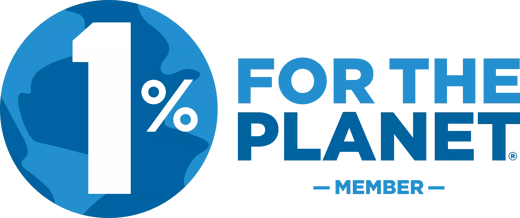
IRF-8 (E8X4K) Rabbit mAb (InTraSeq™ 3' Conjugate 3108) #89358
- SCA
Product Specifications
| REACTIVITY | H M |
| SENSITIVITY | Endogenous |
| MW (kDa) | |
| Source/Isotype | Rabbit IgG |
Application Key:
- SCA-Single Cell Analysis
Species Cross-Reactivity Key:
- H-Human
- M-Mouse
Product Information
Storage
Protocol
Specificity / Sensitivity
Species Reactivity:
Source / Purification
Background
IRF-8/ICSCP is expressed predominantly in hematopoietic cells and is further increased upon treatment with interferon (3,4). IRF-8 can function as a transcription repressor of ICS-containing promoters (4). IRF-8 expression can lead to downregulation of the anti-apoptotic protein Bcl-2 (5). Originally described as being induced by IFN-γ, IRF-8 expression is also elevated by IRF-α as well as IL-12 in NK and T cells (6). IRF-8 deficient mice have enhanced susceptibility to various pathogens, impaired interferon production, and deregulated hematopoiesis resembling chronic myelogenous leukemia (7,8). IRF-8 also regulates bone metabolism by suppressing osteoclast formation (9).
- Taniguchi, T. et al. (2001) Annu Rev Immunol 19, 623-55.
- Honda, K. and Taniguchi, T. (2006) Nat Rev Immunol 6, 644-58.
- Driggers, P.H. et al. (1990) Proc Natl Acad Sci U S A 87, 3743-7.
- Weisz, A. et al. (1992) J Biol Chem 267, 25589-96.
- Burchert, A. et al. (2004) Blood 103, 3480-9.
- Lehtonen, A. et al. (2003) Cytokine 24, 81-90.
- Holtschke, T. et al. (1996) Cell 87, 307-17.
- Fehr, T. et al. (1997) J Exp Med 185, 921-31.
- Zhao, B. et al. (2009) Nat Med 15, 1066-71.
Limited Uses
Except as otherwise expressly agreed in a writing signed by a legally authorized representative of CST, the following terms apply to Products provided by CST, its affiliates or its distributors. Any Customer's terms and conditions that are in addition to, or different from, those contained herein, unless separately accepted in writing by a legally authorized representative of CST, are rejected and are of no force or effect.
Products are labeled with For Research Use Only or a similar labeling statement and have not been approved, cleared, or licensed by the FDA or other regulatory foreign or domestic entity, for any purpose. Customer shall not use any Product for any diagnostic or therapeutic purpose, or otherwise in any manner that conflicts with its labeling statement. Products sold or licensed by CST are provided for Customer as the end-user and solely for research and development uses. Any use of Product for diagnostic, prophylactic or therapeutic purposes, or any purchase of Product for resale (alone or as a component) or other commercial purpose, requires a separate license from CST. Customer shall (a) not sell, license, loan, donate or otherwise transfer or make available any Product to any third party, whether alone or in combination with other materials, or use the Products to manufacture any commercial products, (b) not copy, modify, reverse engineer, decompile, disassemble or otherwise attempt to discover the underlying structure or technology of the Products, or use the Products for the purpose of developing any products or services that would compete with CST products or services, (c) not alter or remove from the Products any trademarks, trade names, logos, patent or copyright notices or markings, (d) use the Products solely in accordance with CST Product Terms of Sale and any applicable documentation, and (e) comply with any license, terms of service or similar agreement with respect to any third party products or services used by Customer in connection with the Products.

